HotSpots H2O: As the Mekong Withers, China Releases Water from Controversial Upstream Dams
Farmers in the Mekong delta move their produce to market. Photo © J. Carl Ganter/Circle of Blue
A top-ranking Chinese official declared that the country is releasing more water from its dams on the upper Mekong River in order to aid drought-stricken downstream neighbors.
The announcement from Foreign Minister Wang Yi, made at a meeting of the Lancang-Mekong Cooperation group, comes as the beleaguered waterway continues to wane due to drought, dam building, and sand mining.
Water shortages and decades of mismanagement converged last year as the river tumbled to its lowest levels in a century. Severe conditions remain throughout the region, which is currently in the midst of its dry season.
The Mekong originates in China’s Tibetan Plateau, where it is called the Lancang. The river flows some 4,000 kilometers (2,700 miles) through Myanmar, Thailand, Laos, Cambodia, and Vietnam. For years, a changing environment and a hydropower construction boom have jeopardized the waterway, which provides fish, irrigation, and drinking water to an estimated 60 million people in Southeast Asia.
The collapse of the Mekong is multifaceted, but China’s 11 dams in the upper basin are a key factor in downstream water scarcity. The dams hold back roughly half of the Mekong’s average flow, a reduction that is felt most acutely during dry periods.
China’s decision to release more water from its Mekong dams allegedly comes after the country “overcame its own difficulty” with recent low rainfall, Reuters reports Wang Yi as saying. China says it will also consider sharing hydrological data to aid downstream nations.
Ideally, China’s assistance will help calm regional tensions over the waterway, but even if cooperation among Mekong nations increases, the river still faces significant challenges.
Dozens of new hydropower plants are planned or proposed along the river, especially in Laos, which aims to become “the battery of Southeast Asia” in coming decades. Dams disrupt the river’s natural cycles and trap sediment that would naturally flow downstream. The sediment maintains habitat for fish and other aquatic life, as well as providing nutrients for crop growth.
Sediment is also instrumental for building new land in the Mekong delta, where a jumble of wetlands, marshes, and islands prevent salt water from encroaching upstream. Less sediment means that millions of people in the delta region are losing protection against rising seas and saltier waters.
Sand mining, in which Mekong sediment is dredged from the river bed for use in concrete, also alters river flows and deprives the basin of life-building sediment.
An estimated 60 to 80 million tons of sediment are dredged annually, while only five tons are produced by the river each year.
As water levels dwindle and sediment is lost, the Mekong is showing increasing signs of distress. Parts of the river have slowed to a trickle, or have been overtaken by algal blooms. Some stretches of the typically brown river have turned bright blue–a telltale sign of sediment depletion.
“Everywhere you look there are indications that this river, which has provided for so many, for so long, is at a breaking point,” Zeb Hogan, a fish biologist at the University of Nevada, Reno, and a National Geographic Explorer, said in an interview.
Hogan says that fish populations along the river are becoming increasingly imperiled, adding food scarcity to the list of threats facing nations along the Mekong. In some areas, mass fish deaths are being seen more frequently. In other areas, fish are disappearing altogether. Hogan warns that human interference with the Mekong’s flow may have pushed the waterway, and its inhabitants, past the point of no return.
“Fish can be remarkably resilient, with the ability to bounce back from naturally occurring events such as drought,” Hogan explains. “The danger now is that the river is changing in ways that are outside the bounds of natural variability.”
Kayla Ritter is a recent graduate of Michigan State University, where she studied International Relations and Teaching English to Speakers of Other Languages. She is currently based in Manton, Michigan. Kayla enjoys running, writing, and traveling. Contact Kayla Ritter

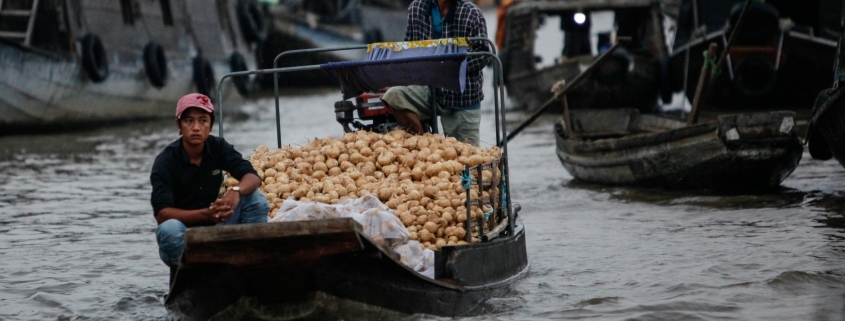
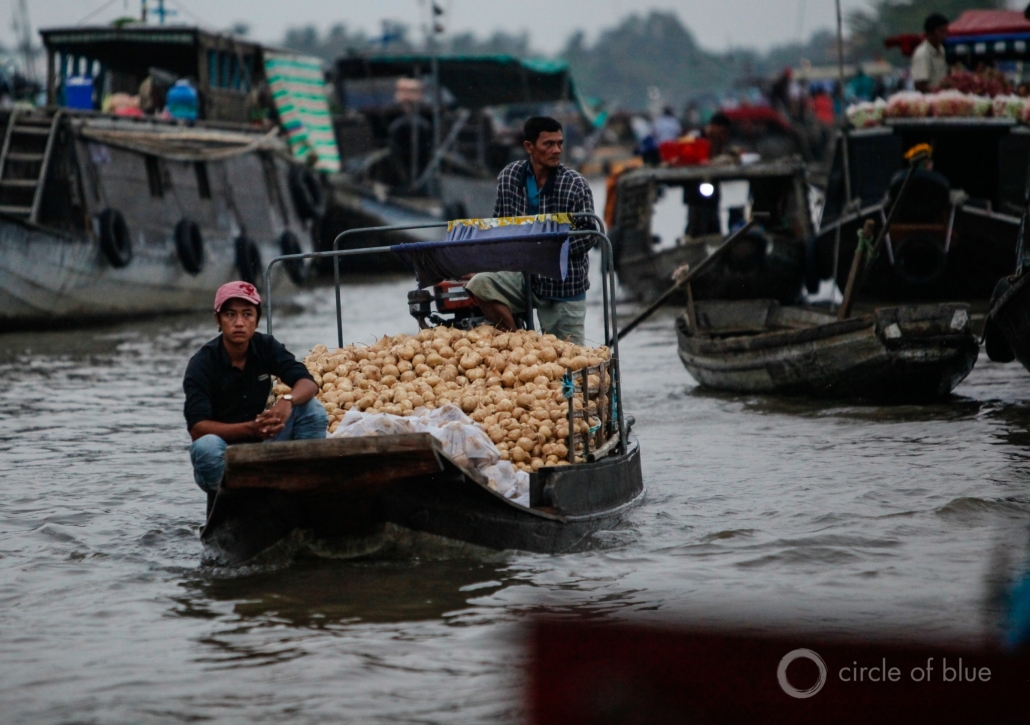



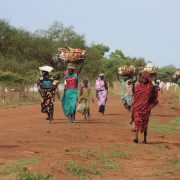
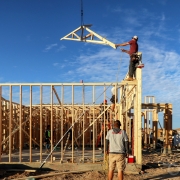
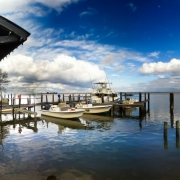


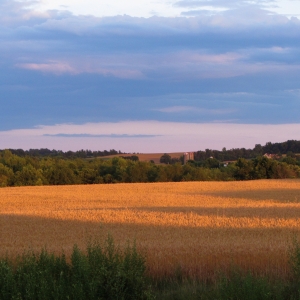

Leave a Reply
Want to join the discussion?Feel free to contribute!